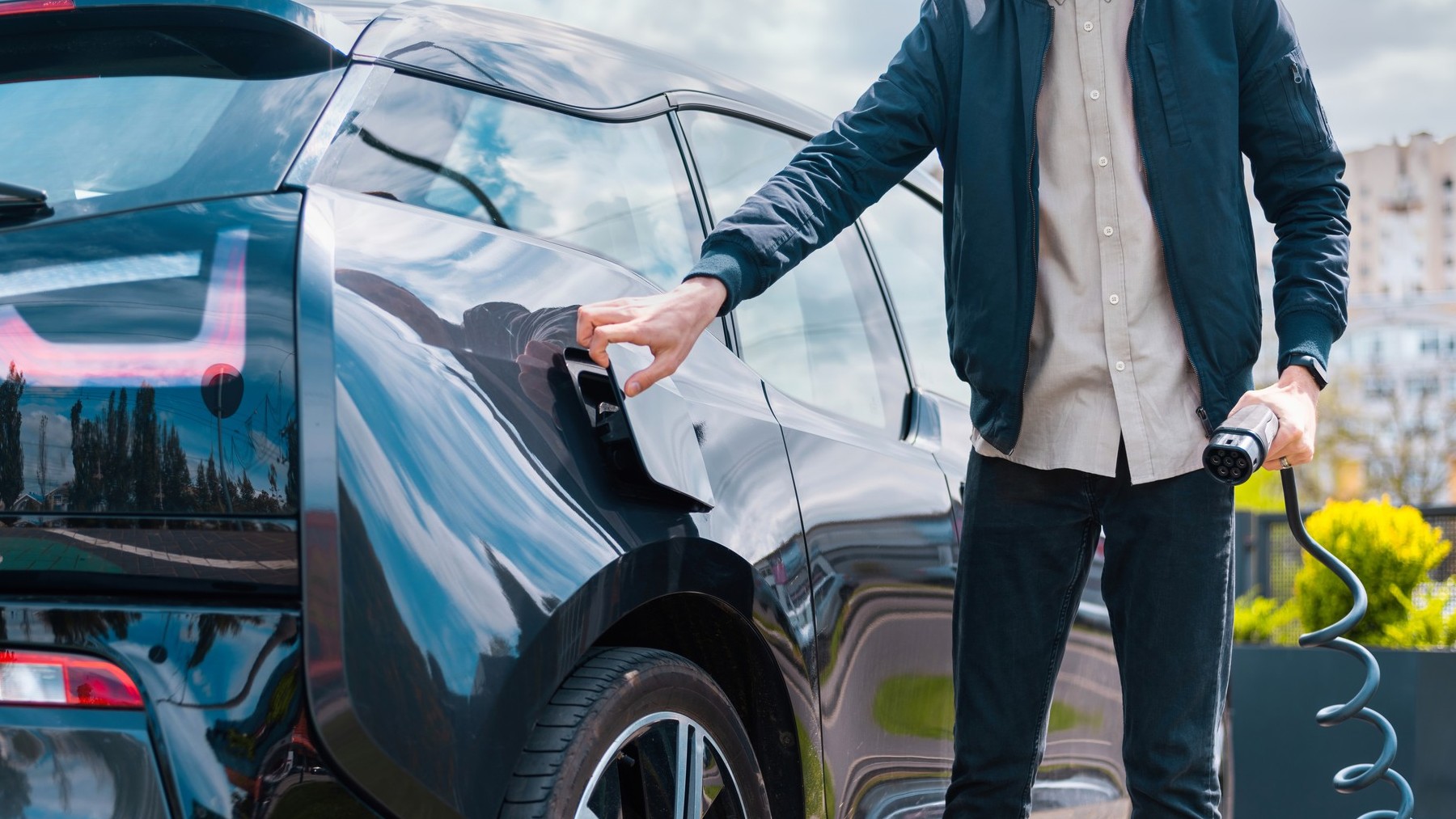When was the last time you heard that internal combustion engine vehicles are doomed to extinction? It is true that the European Union will condemn them by 2035, but it is also true that one of their alternatives seems to have no future. Discover the three faults that cars usually have hybrid cars.
Hybrid cars: innovation has its problems
Hybrid cars represent a major technological advancement in the automotive industry. The Ministry for the Ecological Transition places them among the three least polluting vehicles, after electric vehicles and vehicles with a hydrogen engine (of course).
However, this very new technology also has some disadvantages that should not be overlooked. You probably know this, but they combine a traditional combustion engine with an electric one ensures that they can work more efficiently.
By being able to use electrical energy for propulsion, hybrids reduce the consumption of fossil fuels and the emission of pollutant gases. However, this innovative technology also has its disadvantages (and workshops know this all too well).
Hybrid cars are more complex and have additional components such as batteries, electric motors and wiring. This makes them potentially more susceptible to certain technical problems than conventional vehicles.
Three faults that hybrid cars can (and usually do) have
Hybrid cars contain electrical and combustion components that work together. This makes them more complex than traditional vehicles and potentially more prone to failure.
Those who own a car of this type do not live in the workshop all the time (we are not going to exaggerate), but they are at greater risk of developing these problems while driving:
- Battery– Lithium-ion batteries lose capacity over time. Replacing it can cost thousands of dollars. In addition, if they are not properly charged or fully discharged, they will be permanently damaged.
- Electrical motor: By being partially dependent on electric traction, the vehicle loses power if this engine fails. Repairing or changing them is expensive. Experts recommend performing preventive maintenance every six months or a year.
- Transfer: Because they have two engines, they usually have very complex transmissions to coordinate both systems. Repairs are very expensive, so you can now pay attention to any noises during braking or loading.
Wiring, the fourth problem (and which can be even more serious)
Hybrid cars have extra miles of wiring to control electric motors, batteries and other components. All this means that there is more chance of problems occurring in this system. Wouldn’t such an error be frustrating?
short circuit, hasty connections and heat damaged cables These are common wiring errors in these vehicles. These are often expensive to solve, because large parts of the wiring harness often have to be replaced.
Wiring problems can also be difficult to diagnose, and if not caught in time they can cause costly damage to other components of the hybrid system. Costs? Count on about three figures And don’t be surprised if it’s at four o’clock.
For example, an unstable connection can cause the electric motor or battery to overheat. It’s exactly what we should avoid, but it happens even when driving at sustained speeds (which they recommend).
Have you never heard an automotive expert say something like “the less electronics a vehicle has, the better”? It’s not that we completely agree with this statement, but we understand what they mean. The hybrid cars They are showing that maintenance will not be as affordable as they sold us at the time.

